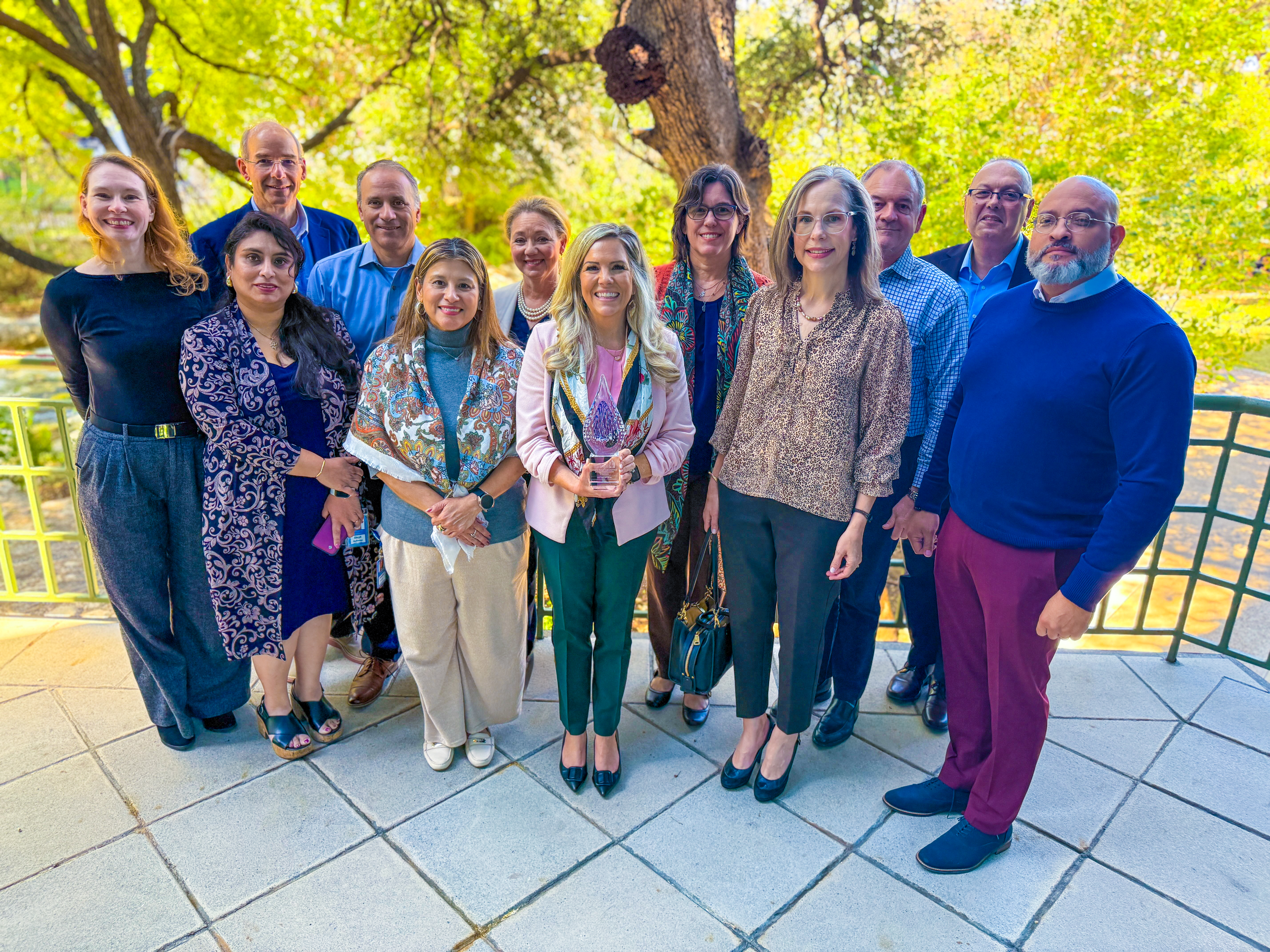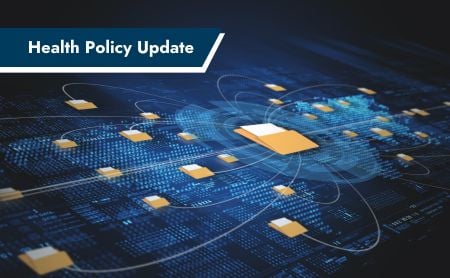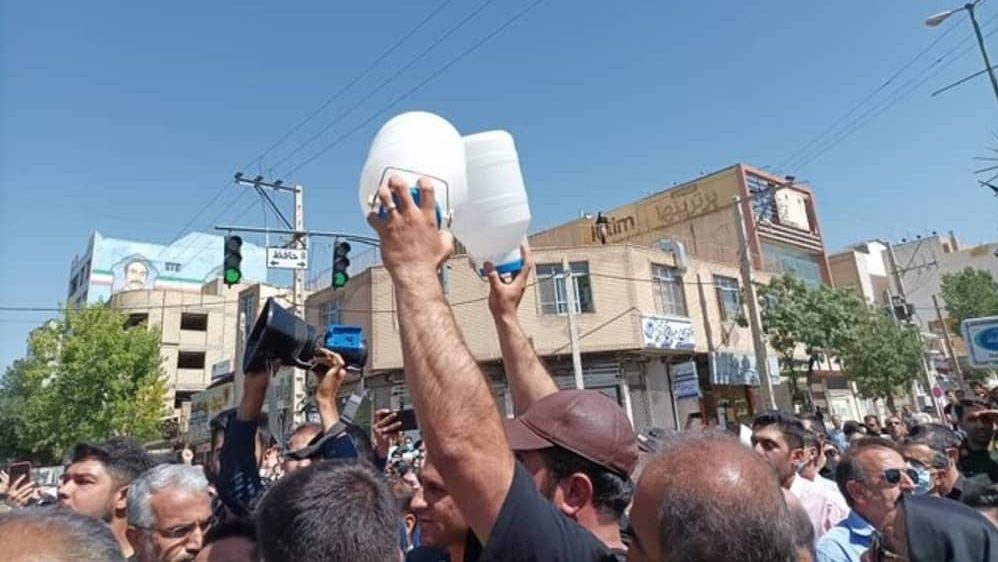Trump’s budget would end 7 decades of climate data collection – Mongabay

Report on Proposed NOAA Budget Cuts and Implications for Sustainable Development Goals
Executive Summary
The proposed 2026 budget for the U.S. National Oceanic and Atmospheric Administration (NOAA) mandates the closure of more than a dozen critical national laboratories and observatories. These cuts pose a direct threat to the collection of essential environmental data, severely undermining national and global efforts to achieve key United Nations Sustainable Development Goals (SDGs). The potential loss of long-term climate data, extreme weather forecasting capabilities, and pollution monitoring directly impacts SDG 13 (Climate Action), SDG 11 (Sustainable Cities and Communities), SDG 3 (Good Health and Well-being), and SDG 14 (Life Below Water).
Impact on SDG 13: Climate Action
The proposed closures would critically damage the global capacity to monitor and combat climate change, directly impeding progress on SDG 13.
- Mauna Loa Observatory: Slated for closure, this facility holds the world’s longest continuous record of atmospheric CO2, with data collected since 1958. This data forms the basis of the Keeling Curve, which documents the rise of CO2 from 315 ppm in 1958 to nearly 427 ppm in 2024.
- Global Observatory Network: All four NOAA observatories that create a global picture of atmospheric CO2 trends are targeted for closure, eliminating a cornerstone of international climate science.
- Global Monitoring Lab: The facility in Boulder, Colorado, considered the “gold standard” for calibrating greenhouse gas measurements, is also on the chopping block. Its closure would compromise the integrity of global climate data.
Threats to SDG 11 (Sustainable Cities) and SDG 3 (Good Health)
The defunding of several laboratories jeopardizes the safety, resilience, and health of human settlements, goals central to SDG 11 and SDG 3.
- Extreme Weather Prediction: The budget threatens labs whose work is vital for saving lives and protecting infrastructure.
- The National Severe Storms Lab in Oklahoma is essential for research that lengthens tornado warning times.
- The Atlantic Oceanographic and Meteorological Lab provides the scientific expertise for “hurricane hunter” flights, which are critical for accurate storm tracking and forecasting.
- Tsunami Warning Systems: The Pacific Marine Environmental Lab in Seattle, which develops tsunami sensors and predictive models, faces closure, increasing the vulnerability of coastal communities to tsunamis.
- Air Pollution Monitoring: The Air Resources Lab, responsible for modeling the concentration and trajectory of air pollutants, is targeted. The loss of this function would hinder efforts to protect public health from airborne contaminants.
Undermining SDG 14 (Life Below Water) and SDG 17 (Partnerships for the Goals)
The proposed cuts extend beyond atmospheric and land-based threats, affecting marine ecosystems and international scientific collaboration.
- SDG 14 – Life Below Water: The work of the Pacific Marine Environmental Lab and the Atlantic Oceanographic and Meteorological Lab is integral to protecting marine and coastal ecosystems by providing crucial data on tsunamis and hurricanes.
- SDG 17 – Partnerships for the Goals: NOAA’s monitoring effort is described by experts as the “backbone of the global effort to track greenhouse gases.” Dismantling this infrastructure would severely weaken the international partnerships and data-sharing required to address global challenges, directly contravening the spirit of SDG 17.
SDGs Addressed in the Article
- SDG 13: Climate Action – The article’s central theme is the proposed budget cut to NOAA, which directly impacts the monitoring of atmospheric carbon dioxide and greenhouse gases, crucial for understanding and addressing climate change.
- SDG 11: Sustainable Cities and Communities – The text highlights the role of NOAA labs in monitoring and predicting extreme weather events like tsunamis, tornadoes, and hurricanes, as well as air pollution, all of which are critical for the safety and resilience of human settlements.
- SDG 14: Life Below Water – The potential closure of the Pacific Marine Environmental Lab and the Atlantic Oceanographic and Meteorological Lab is mentioned. These institutions are vital for oceanographic research, including tsunami detection and hurricane tracking, which relates to understanding and protecting marine environments.
- SDG 17: Partnerships for the Goals – The article emphasizes that NOAA’s data collection is the “backbone of the global effort to track greenhouse gases,” highlighting the importance of this national institution for international cooperation and data sharing to achieve global sustainability goals.
Specific SDG Targets Identified
SDG 13: Climate Action
- Target 13.1: Strengthen resilience and adaptive capacity to climate-related hazards and natural disasters in all countries. The article mentions labs responsible for “tsunami sensors and predictive models,” “tornado research,” and data collection for hurricane forecasting, all of which are essential for building resilience to climate-related hazards.
- Target 13.3: Improve education, awareness-raising and human and institutional capacity on climate change mitigation, adaptation, impact reduction and early warning. The Mauna Loa Observatory and the data for the Keeling Curve are cited as key tools for raising awareness about rising CO2 levels. The labs themselves represent the institutional capacity that is under threat.
SDG 11: Sustainable Cities and Communities
- Target 11.5: By 2030, significantly reduce the number of deaths and the number of people affected… caused by disasters. The work of the National Severe Storms Lab, which “has helped lengthen the warning time for tornadoes,” and the Pacific Marine Environmental Lab’s work on “tsunami sensors” directly contribute to this target by enabling early warnings that save lives.
SDG 14: Life Below Water
- Target 14.a: Increase scientific knowledge, develop research capacity and transfer marine technology… in order to improve ocean health. The article mentions the work of the Pacific Marine Environmental Lab and the Atlantic Oceanographic and Meteorological Lab, which are key institutions for increasing scientific knowledge about marine and atmospheric systems.
SDG 17: Partnerships for the Goals
- Target 17.16: Enhance the global partnership for sustainable development, complemented by multi-stakeholder partnerships that mobilize and share knowledge, expertise, technology and financial resources. The article quotes an expert stating, “The NOAA effort is really the backbone of the global effort to track greenhouse gases,” which shows how a national entity’s work serves as a cornerstone for a global partnership on climate monitoring.
Indicators Mentioned or Implied
SDG 13: Climate Action
- Atmospheric CO2 concentrations: The article explicitly mentions this indicator, citing the increase from 315 parts per million (ppm) in 1958 to nearly 427 ppm in 2024, as recorded by the Mauna Loa Observatory.
- Continuity of climate data records: The potential closure of Mauna Loa threatens the “longest continuous record of atmospheric CO2 levels in the world,” implying that the continuity of such records is a key indicator of institutional capacity for climate monitoring.
SDG 11: Sustainable Cities and Communities
- Warning time for extreme weather events: The article implies this as an indicator by stating that research at the National Severe Storms Lab “has helped lengthen the warning time for tornadoes.”
SDG 14: Life Below Water
- Functioning of ocean monitoring systems: The article implies the operational status of “tsunami sensors” and “hurricane hunter” aircraft as indicators of capacity to monitor ocean-related hazards.
SDG 17: Partnerships for the Goals
- Contribution to global scientific databases: The role of Mauna Loa in providing data for the global Keeling Curve and NOAA’s function as the “backbone of the global effort” imply that national contributions to shared global data are an indicator of a functioning partnership.
Table of SDGs, Targets, and Indicators
| SDGs | Targets | Indicators (Mentioned or Implied in Article) |
|---|---|---|
| SDG 13: Climate Action | 13.1: Strengthen resilience and adaptive capacity to climate-related hazards. 13.3: Improve education, awareness-raising and institutional capacity on climate change. |
– Atmospheric CO2 concentrations (e.g., 427 ppm). – Continuity of long-term climate data records (e.g., Mauna Loa’s 70-year record). |
| SDG 11: Sustainable Cities and Communities | 11.5: Significantly reduce the number of deaths and people affected by disasters. | – Warning time for extreme weather events (e.g., “lengthen the warning time for tornadoes”). |
| SDG 14: Life Below Water | 14.a: Increase scientific knowledge and develop research capacity. | – Operational status of ocean monitoring systems (e.g., “tsunami sensors” and “hurricane hunter” data collection). |
| SDG 17: Partnerships for the Goals | 17.16: Enhance the global partnership for sustainable development. | – National contributions to global scientific databases (e.g., NOAA’s role as the “backbone of the global effort”). |
Source: news.mongabay.com

What is Your Reaction?
 Like
0
Like
0
 Dislike
0
Dislike
0
 Love
0
Love
0
 Funny
0
Funny
0
 Angry
0
Angry
0
 Sad
0
Sad
0
 Wow
0
Wow
0











































































